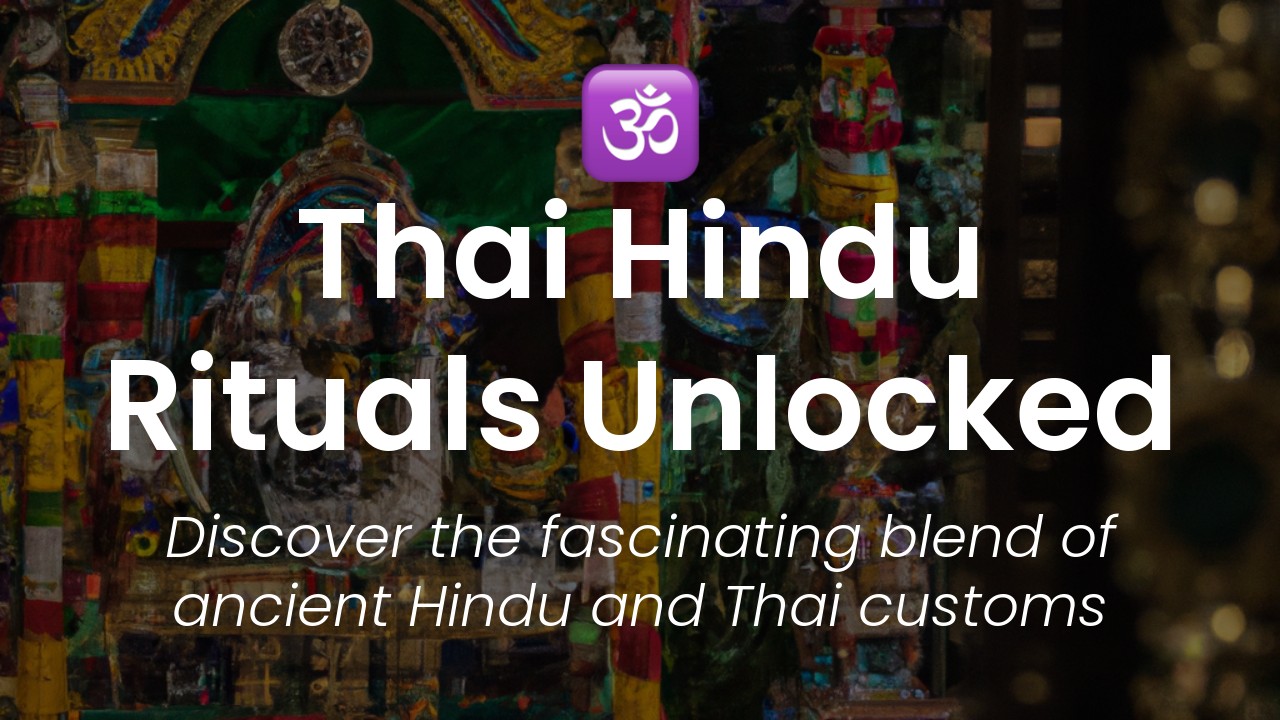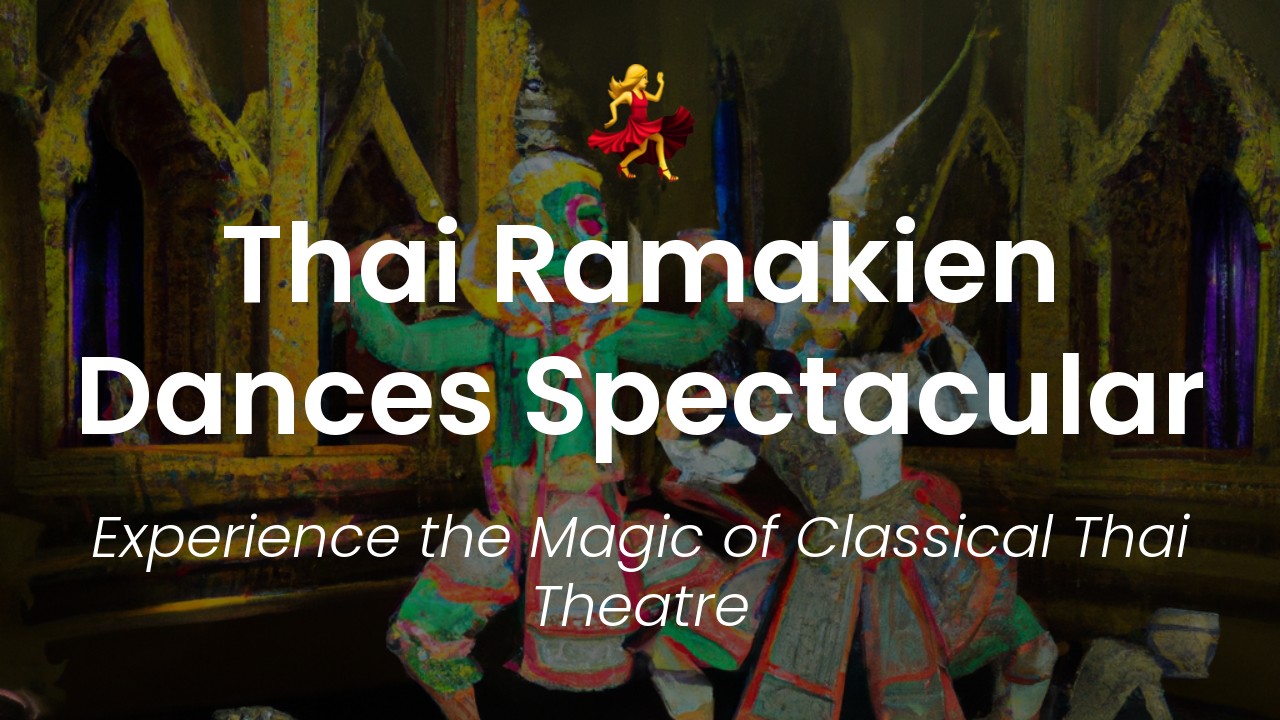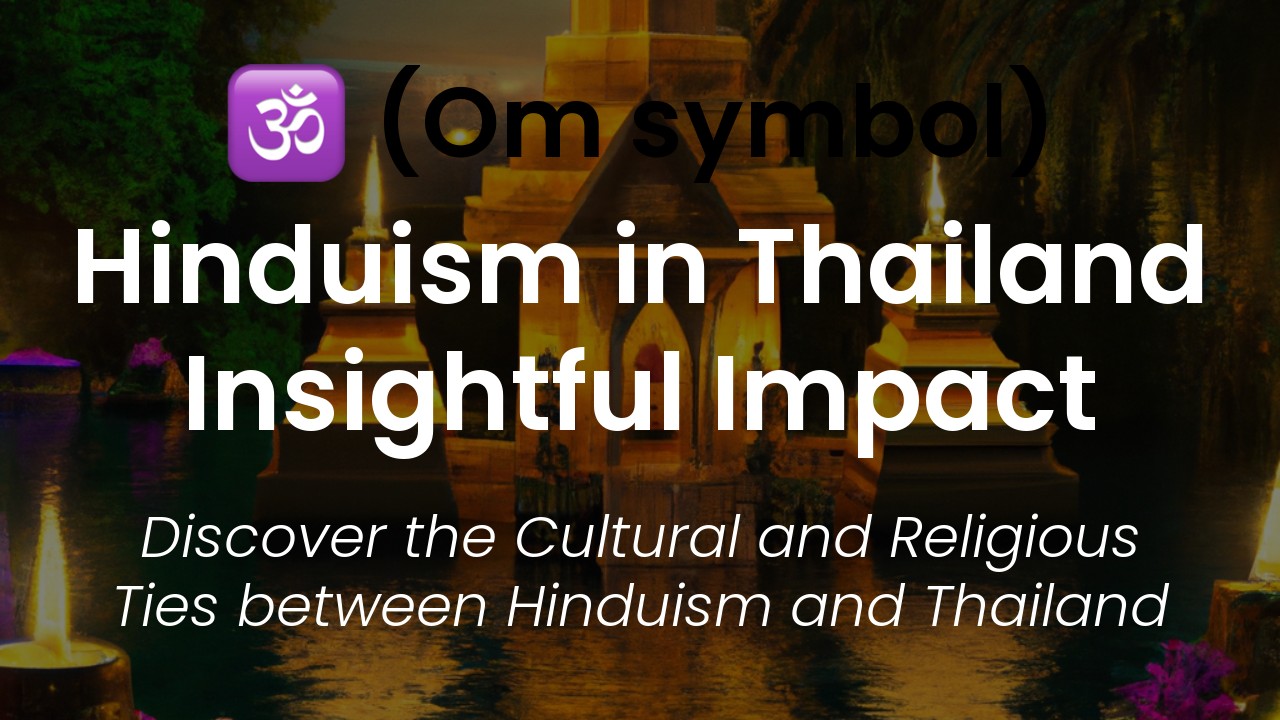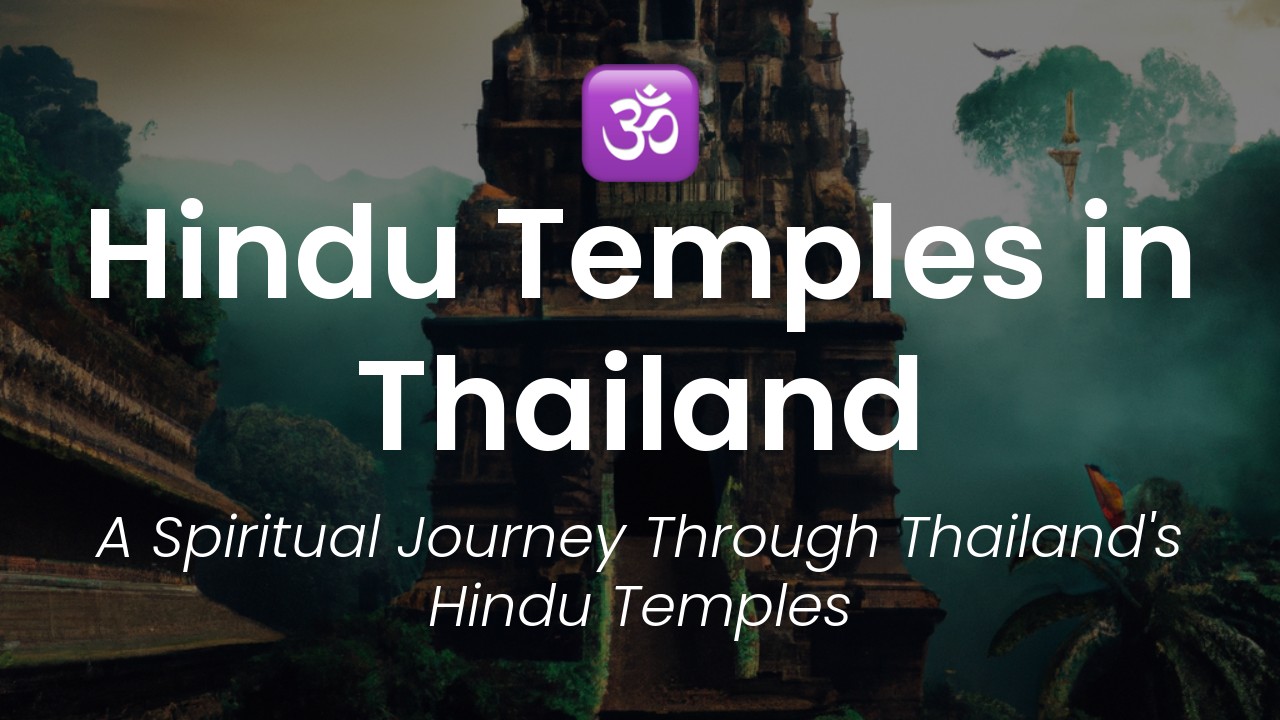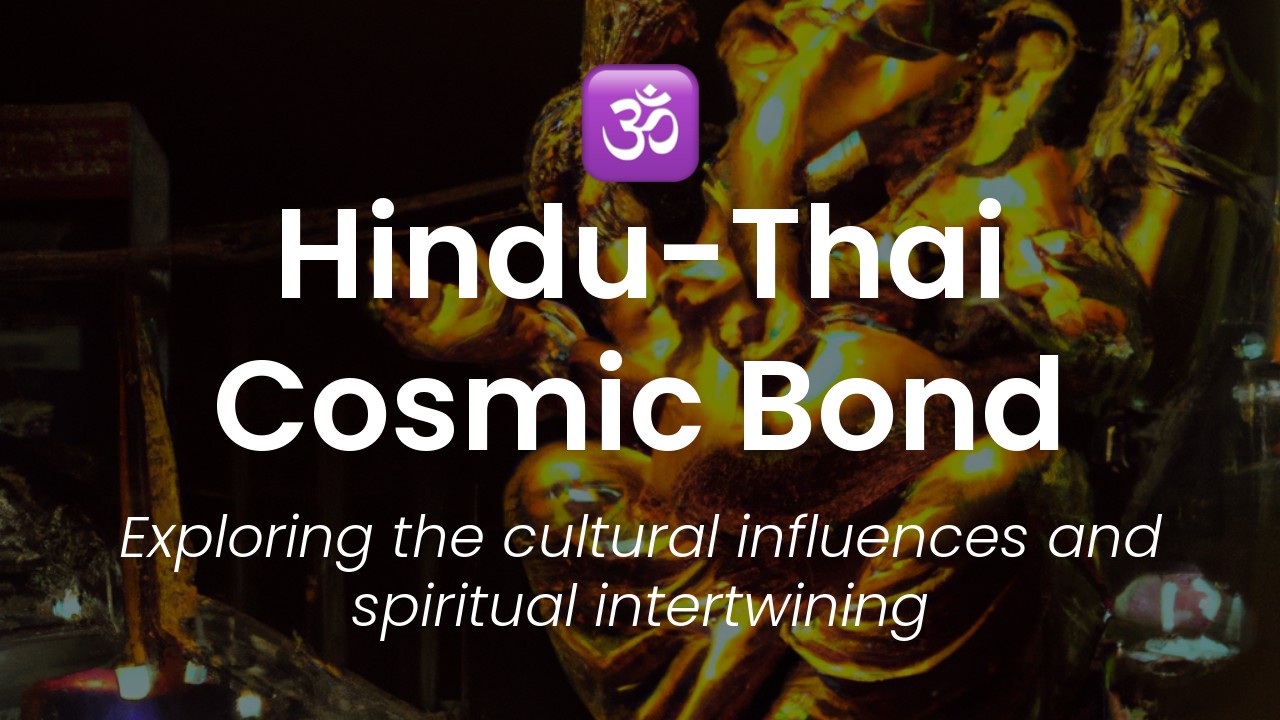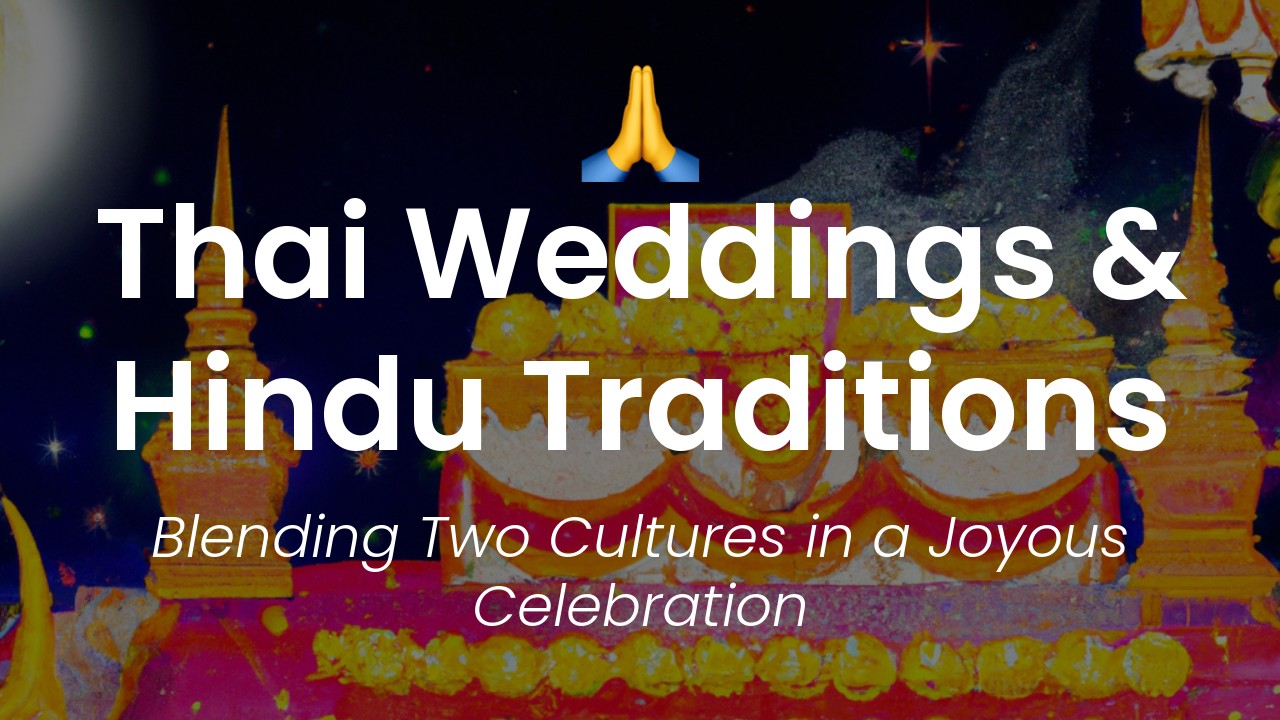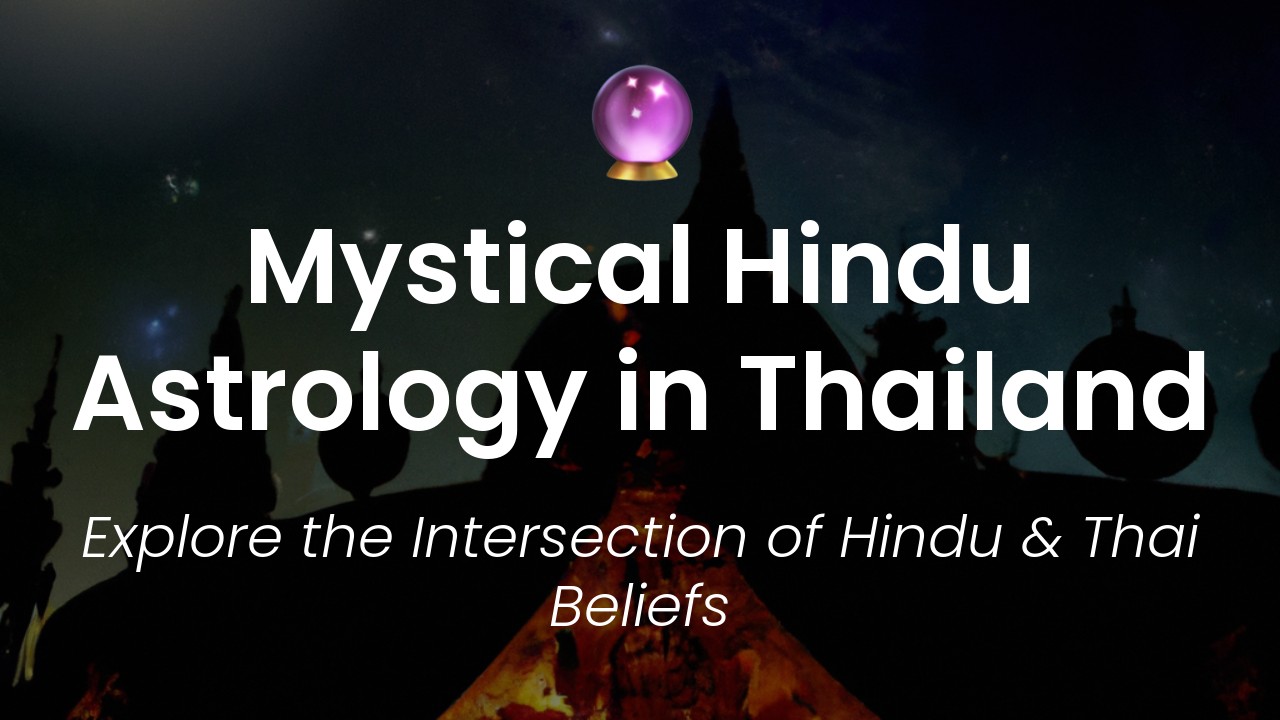As a Thai native and an enthusiast of my country's culture, I've always been fascinated by the diverse beliefs and unique traditions that coexist within Thailand. Our multifaceted culture incorporates various religions, including Buddhism and Hinduism. Although Buddhism is the predominant religion in Thailand, Hinduism has left an undeniable impact that has shaped Thai beliefs, rituals, and customs.
As I explored the country's heritage, I was particularly drawn to Thailand's Hindu rituals. These rituals are often performed at Hindu temples and are shrouded in mystery and mysticism. If you want to peel back the layers and unlock the secrets that lie within these fascinating rituals, join me as we embark on a journey to explore the Hindu rituals of Thailand's culture.
One of the most intriguing Hindu rituals in Thailand is the annual celebration of Thaipusam or the Piercing Festival. It's a unique event that takes place in several countries where Hinduism and Tamil communities coexist, including Thailand. The celebration takes place on the full moon day of the Tamil month, Thai. It's a time when devotees of Lord Murugan, the Hindu god of war, embark on a pilgrimage to a Hindu temple carrying Kavadi, a wooden or metal structure adorned with flowers and peacock feathers.
Origins of Hinduism in Thailand
Hinduism has a long and fascinating history in Thailand, dating back over a millennium. It all began with the arrival of Indian traders and travellers to the country, who brought with them their religion, beliefs, and customs. Over time, the local population adopted and adapted these practices, creating a unique fusion of Hinduism and Buddhism that is still present in modern-day Thailand.
Significance of Hindu Rituals in Thai Culture
At the heart of Thai Hinduism is a deep reverence for ritual and ceremony. These rituals not only serve as a way to connect with the divine but also as a way to preserve and share the country's rich cultural heritage. While there are many different types of Hindu rituals in Thailand, they all share a few common characteristics.
Firstly, they are typically performed by Brahmin priests, who are specially trained in the complex rituals and chants required for these ceremonies. Secondly, they take place in elaborate and beautiful temples, which serve as the physical and spiritual center of the community. Finally, they are usually accompanied by music, dance, and offerings of food, flowers, and other symbolic objects.
Diving into the Rituals: Puja and Kathina
Two of the most important Hindu rituals in Thailand are Puja and Kathina. Puja is a daily ritual performed by Brahmin priests in Hindu temples all across the country. Its purpose is to honor and connect with the divine, as well as seek blessings for the community. The ceremony typically involves chanting, offerings of flowers and incense, and the ringing of bells.
Kathina, on the other hand, is a once-a-year ritual that celebrates the end of the Buddhist rains retreat. It involves the offering of new robes to Buddhist monks, as well as special prayers and rituals performed by Brahmin priests. While Kathina has its roots in Buddhism, it also incorporates many Hindu elements, underscoring the symbiotic relationship between the two religions.
The Role of Hindu Temples in Thailand
Hindu temples, or mandirs, are an essential part of Thai Hinduism. They serve as a physical representation of the divine, as well as a place for the community to come together and worship. Hindu temples in Thailand are typically quite elaborate and ornate, with intricate carvings and statues depicting various deities. They also often feature lush gardens, reflecting pools, and other features designed to promote a sense of peace and tranquility.
Celebrations of Hindu Festivals in Thailand
Thailand is known for its colorful and vibrant festivals, and many of them have roots in Hinduism. One of the most famous is Loy Krathong, a festival of lights that takes place each November. During Loy Krathong, people release decorated floating baskets into the water as a way to honor the goddess of water and seek forgiveness for past transgressions.
Another popular Hindu festival in Thailand is Songkran, which celebrates the traditional Thai New Year. While the holiday is officially Buddhist, it also incorporates many Hindu rituals and practices, such as the pouring of water as a symbol of purification.
Influence of Hinduism on Thai Cuisine
Thailand is famous for its delicious and unique cuisine, and Hinduism has had a significant impact on the local food culture. Many of the country's most popular dishes, such as green curry and Massaman curry, feature trace elements of Hindu spices and flavorings. Additionally, many traditional Thai desserts, such as mango sticky rice, are made with ingredients like sweet rice flour and coconut milk, which have their roots in Hindu cuisine.
Understanding the Fusion of Buddhist and Hindu Traditions in Thailand
Perhaps the most fascinating aspect of Thai Hinduism is the way it has been fused with Buddhist traditions to create a unique and harmonious system of beliefs and practices. While the two religions are, of course, distinct, they share many commonalities, such as a belief in reincarnation and karma. As a result, Thai Hindus often worship in both Hindu and Buddhist temples, and participate in both Hindu and Buddhist festivals and rituals.
In Conclusion, Thai Hinduism is a fascinating and multifaceted aspect of the country's rich cultural heritage. From daily rituals to elaborate festivals to delicious cuisine, the impact of Hinduism can be seen and felt all across Thailand. Whether you're a spiritual seeker or simply interested in learning more about the country's history and customs, exploring Thai Hinduism is a must.

